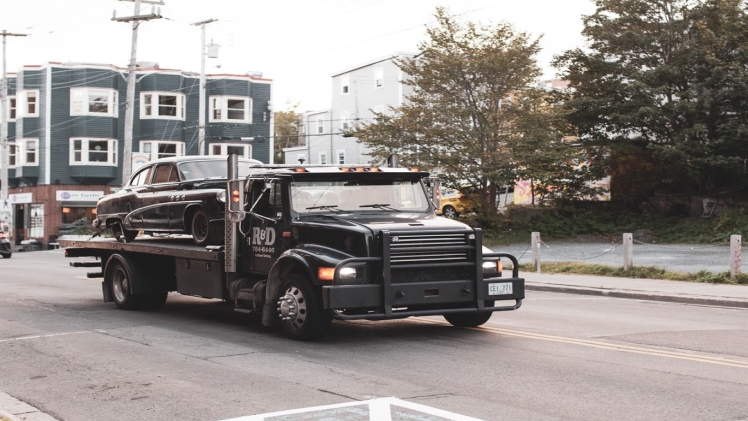Impoundment refers to the legal process through which a vehicle is placed into an impoundment lot. An impoundment lot is a place where law enforcement officers may hold a car for a variety of reasons until it can be returned to the owner. Common examples of instances that a person’s car may be impounded include but are not limited to the following:
- Serious traffic violations like DUIs
- Participation in drag racing
- Evasion of the police
- Driving with a suspended license
If you have not broken any laws and your car has been impounded, it may be because your vehicle has been deemed a danger to public safety. Police officers do not always exercise caution when it comes to impounding a person’s vehicle. Additionally, removing your car from an impound lot can be a complicated and expensive process. If you believe you have had your car impounded by police unjustly, it may be beneficial to seek legal advice.
First, locate your vehicle.
If your car was towed after you were arrested, the police likely provided you with the location of the impound lot where it will be held. In the event that you were not present when the police officers towed your car, for example, if you were illegally parked or you abandoned your vehicle for some time, it may be more challenging to locate. Try searching for impound lots near the location that your car was towed. You can contact the local parking authorities and provide them with your license plate number for assistance in many states.
Next, call the impound lot.

Once your car has been located, you will likely want to head to the impound lot to pick it up immediately. However, you may need to call the impound lot ahead of time to ensure your vehicle is processed and available. This call-ahead is necessary because, in some cases, your car may need to be held for a waiting period before it can be recovered.
You may need to bring various documents to the lot in order to have your car released to you, depending on the reason it was impounded. Verify that information before heading to the lot so that you can avoid wasting time. Long lines are standard at impound lots. Confirming all the necessary information before rushing to your vehicle’s location can save you a lot of trouble in the long run.
Have your payment method ready.

One of the essential things to confirm with the impound lot that has your vehicle is the cost associated with removing it. Once you have obtained a price range, be sure that they can accept whatever form of payment you need to use.
Most impound lots are able to accept payment in the form of debit or credit cards. However, if you plan on paying with cash, you may need to clear that before arrival. The additional fees of towing and storage can be hefty. It is imperative to ensure you have sufficient funds on your person when you arrive at the impound lot to pick up your vehicle.
There are a few important things to acknowledge before heading to the vehicle impound. For instance, you will need an active car insurance policy in order to remove your car from an impound lot. Suppose you cannot show proof of insurance for any reason. In that case, your vehicle will remain in the impound yard and accumulate fees daily.
If you do not currently have insurance, it is a good idea to start looking for a policy immediately. For more in-depth advice regarding the legalities of your circumstances, try visiting freeadvice.com or consulting with a legal professional.

